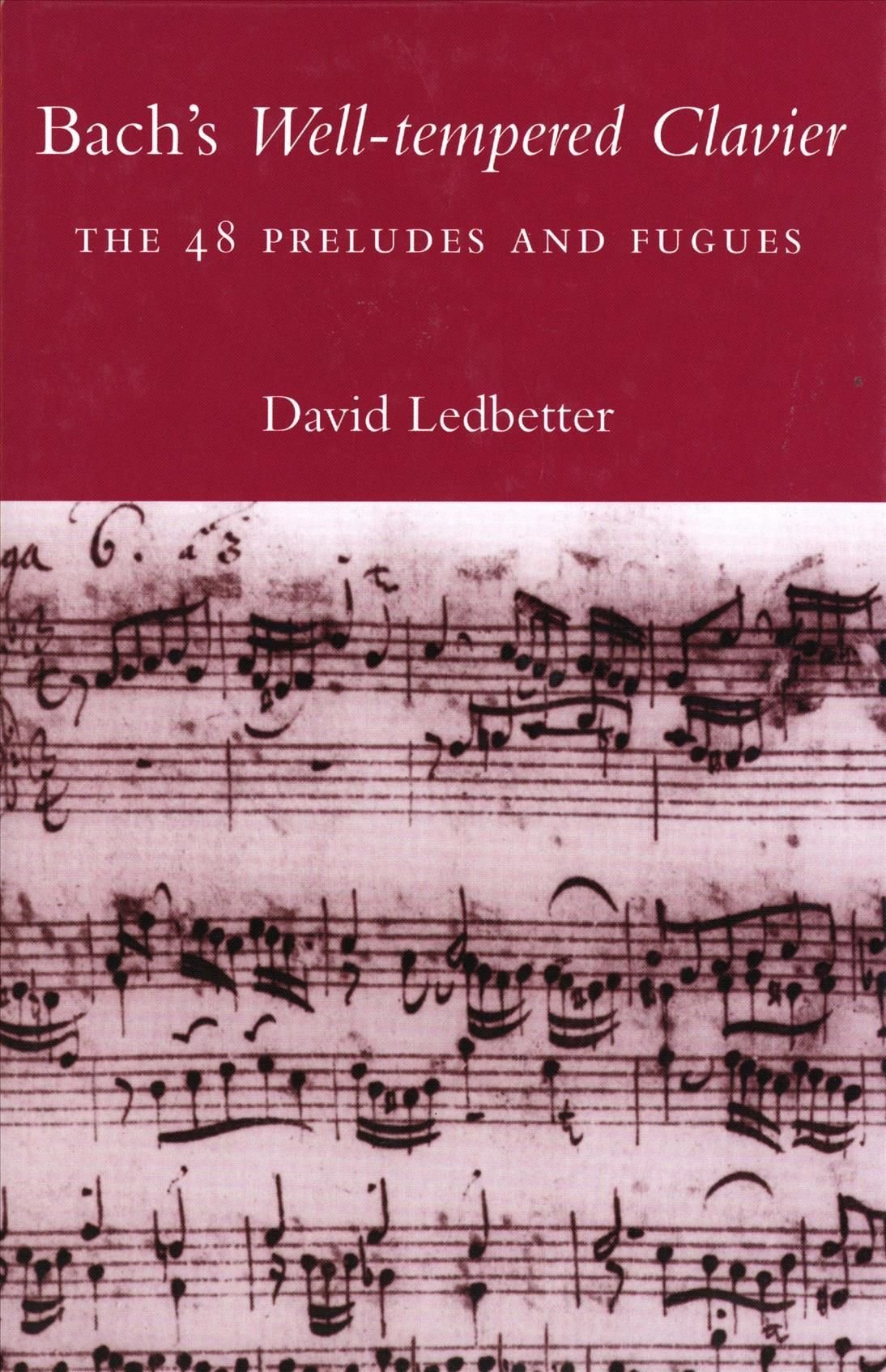Bach’s Well-tempered Clavier (or the 48 Preludes and Fugues) stands at the core of baroque keyboard music and has been a model and inspiration for performers and composers ever since it was written. This invaluable guide to the 96 pieces explains Bach’s various purposes in compiling the music, describes the rich traditions on which he drew, and provides commentaries for each prelude and fugue. In his text, David Ledbetter addresses the main focal points mentioned by Bach in his original 1722 title page. Drawing on Bach literature over the past three hundred years, he explores German traditions of composition types and Bach’s novel expansion of them; explains Bach’s instruments and innovations in keyboard technique in the general context of early eighteenth-century developments; reviews instructive and theoretical literature relating to keyboard temperaments from 1680 to 1750; and discusses Bach’s pedagogical intent when composing the Well-tempered Clavier. Ledbetter’s commentaries on individual preludes and fugues equip readers with the concepts necessary to make their own assessment and include information about the sources when details of notation, ornaments, and fingerings have a bearing on performance.










![Black Star - Black Star [CD]](https://avmedia.ams3.cdn.digitaloceanspaces.com/6/50/6509b960-83a1-456d-9422-c1b7e2edbbcf.webp)

